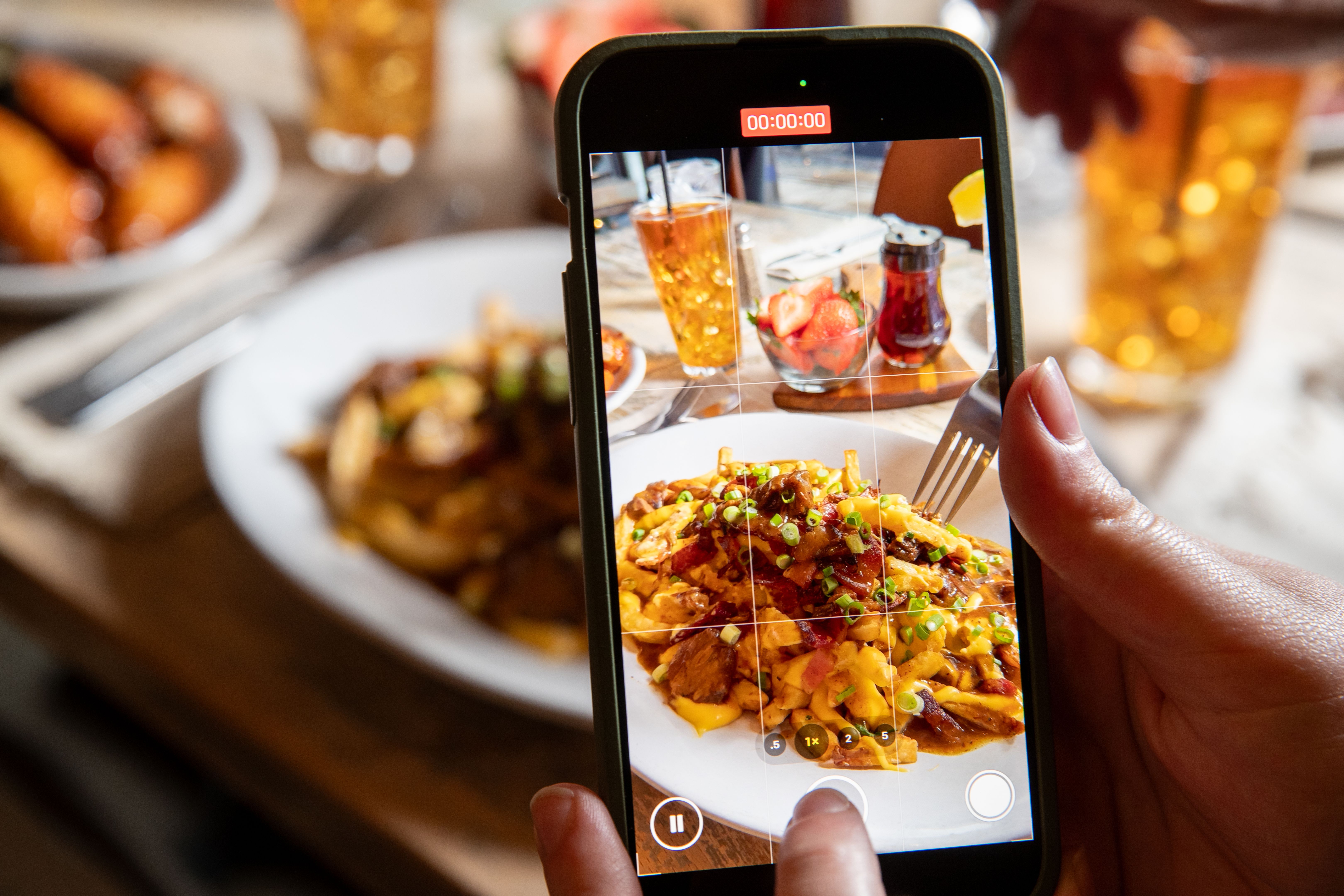Avoiding Common Pitfalls in Restaurant Photography
The Importance of Lighting
One of the most crucial elements in restaurant photography is lighting. It can make or break your photos, turning a simple dish into a mouthwatering masterpiece or a dull representation. Natural light is often the best choice, providing a soft and authentic look that artificial lights sometimes struggle to replicate.
Avoid harsh overhead lighting at all costs, as it can cast unflattering shadows and alter the colors of the food. Instead, aim for diffused light sources by using a white curtain or a light diffuser to soften the impact.
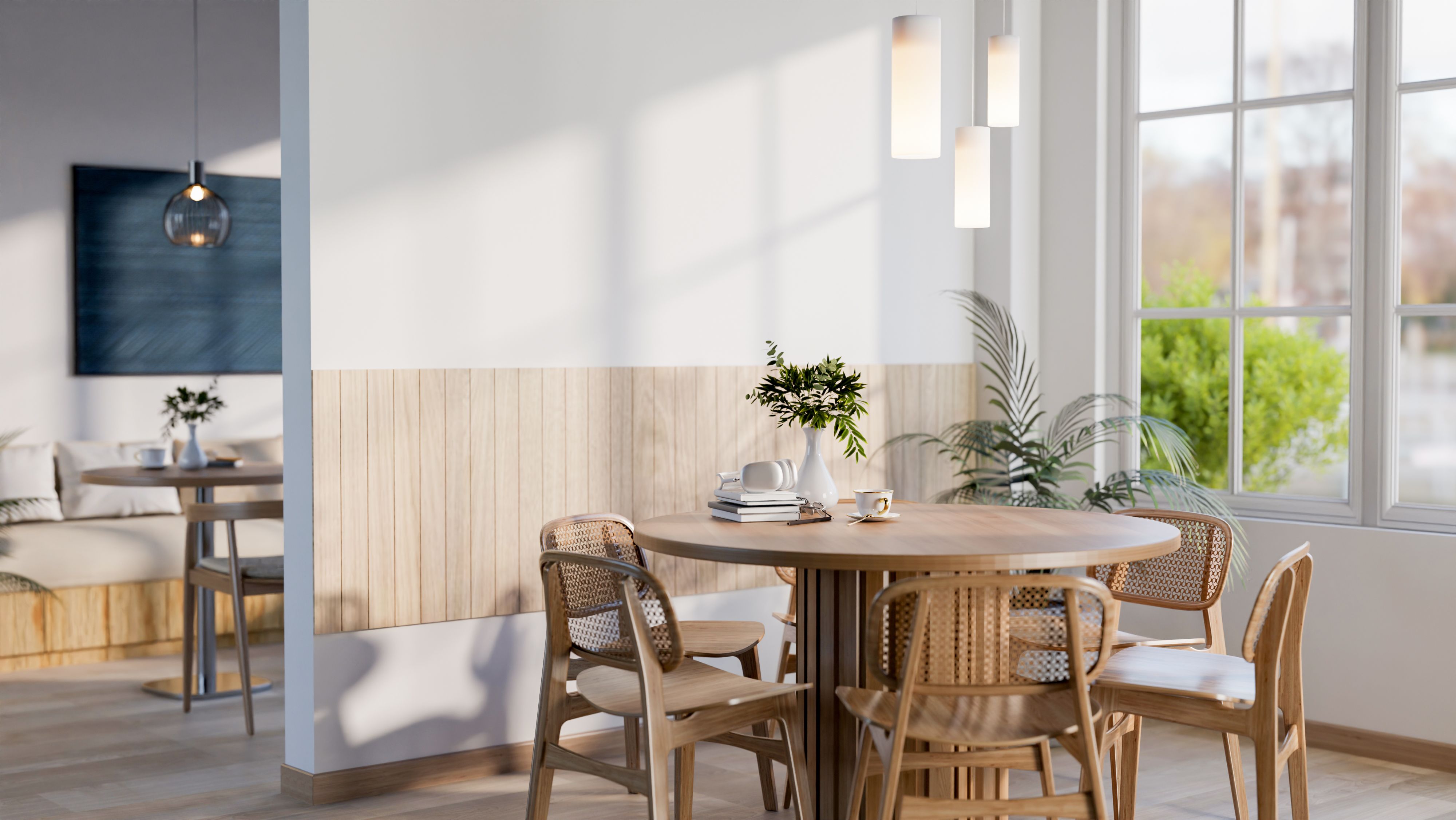
Composition Techniques
When arranging your shot, composition is key. A well-composed photo not only highlights the dish but also tells a story. The rule of thirds is a classic guideline that helps create balanced and engaging images. By placing your main subject along the grid lines or intersections, you can lead the viewer's eyes naturally across the image.
Don't overcrowd the frame. Minimalism can be powerful in food photography, allowing the dish to be the focal point without unnecessary distractions. Use props sparingly, such as utensils or napkins, to complement the main subject rather than overshadow it.
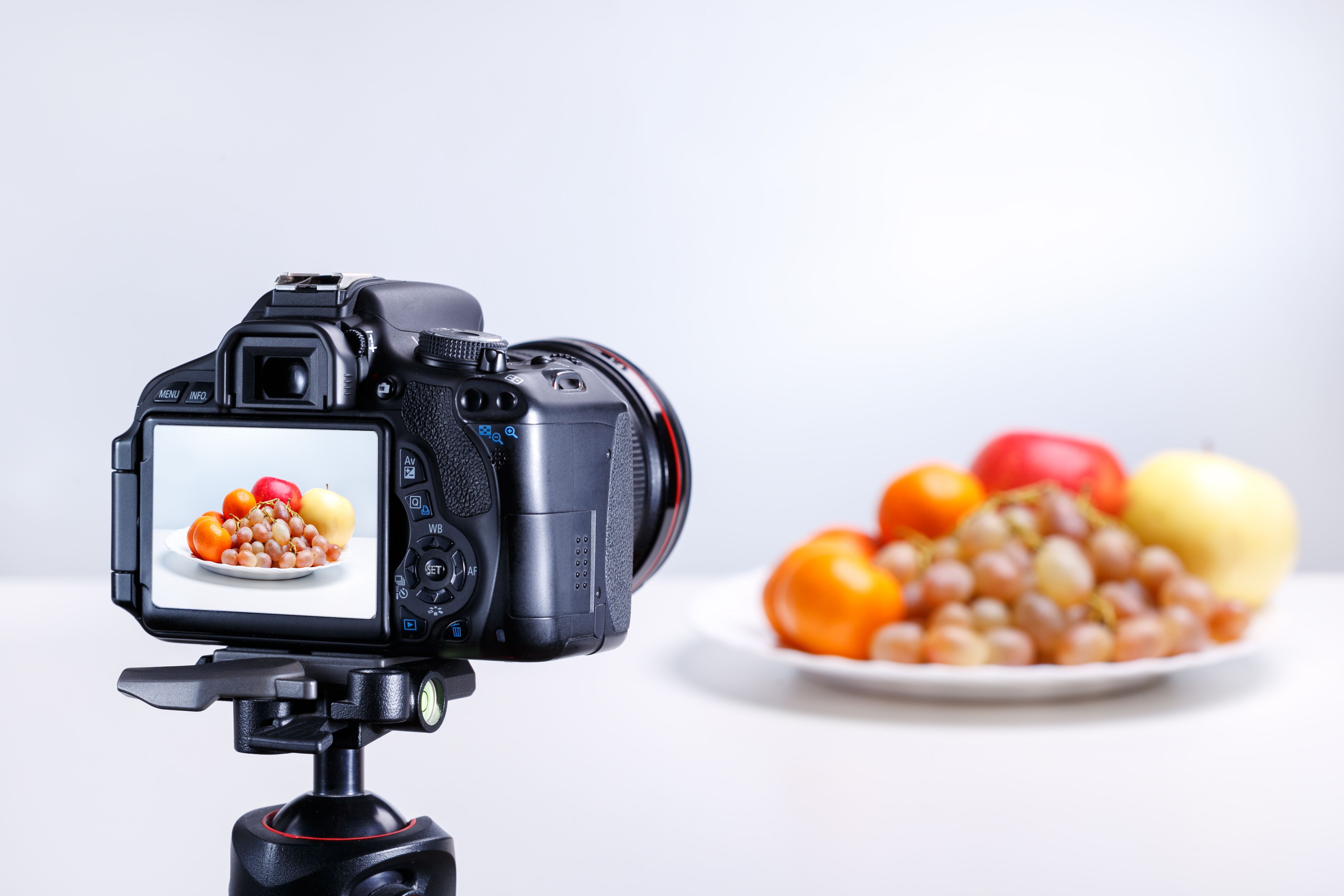
Choosing the Right Background
The background you choose for your photo can significantly impact its overall appearance. A cluttered or busy background can detract attention from the dish itself. Instead, opt for simple and neutral backgrounds that enhance rather than compete with the food.
Textures like rustic wooden tables or clean marble surfaces can add character to your photos without overwhelming them. Ensure that the background complements the colors and style of the dish to maintain a cohesive look.
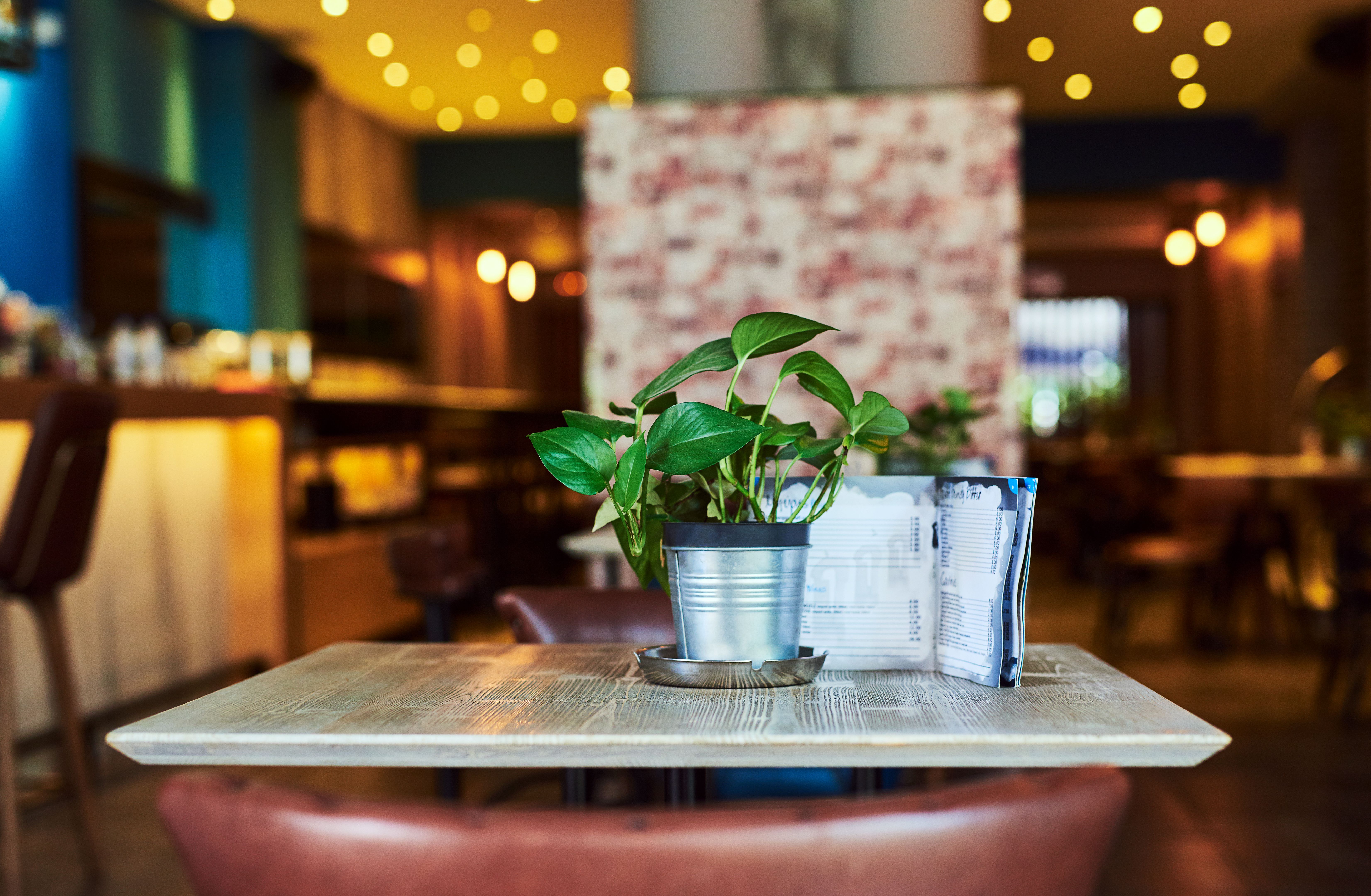
Focusing on Details
Details matter when it comes to restaurant photography. Capturing the intricate details of a dish can evoke sensory experiences, such as the crispness of fresh salad leaves or the glistening glaze on a dessert. Use a macro lens or zoom in to highlight these textures and details.
Remember to keep the focus sharp and clear, especially on the main subject. Blurry or out-of-focus images can diminish the quality and appeal of your photos.
Post-Processing Tips
Editing is an essential step in refining your restaurant photos. Subtle adjustments in brightness, contrast, and saturation can enhance the image without making it appear artificial. Avoid over-editing, as it can lead to unrealistic representations of the dish.
Consider using editing software like Adobe Lightroom or Photoshop for professional-grade enhancements. These tools offer a wide range of features that allow you to fine-tune your images to perfection.
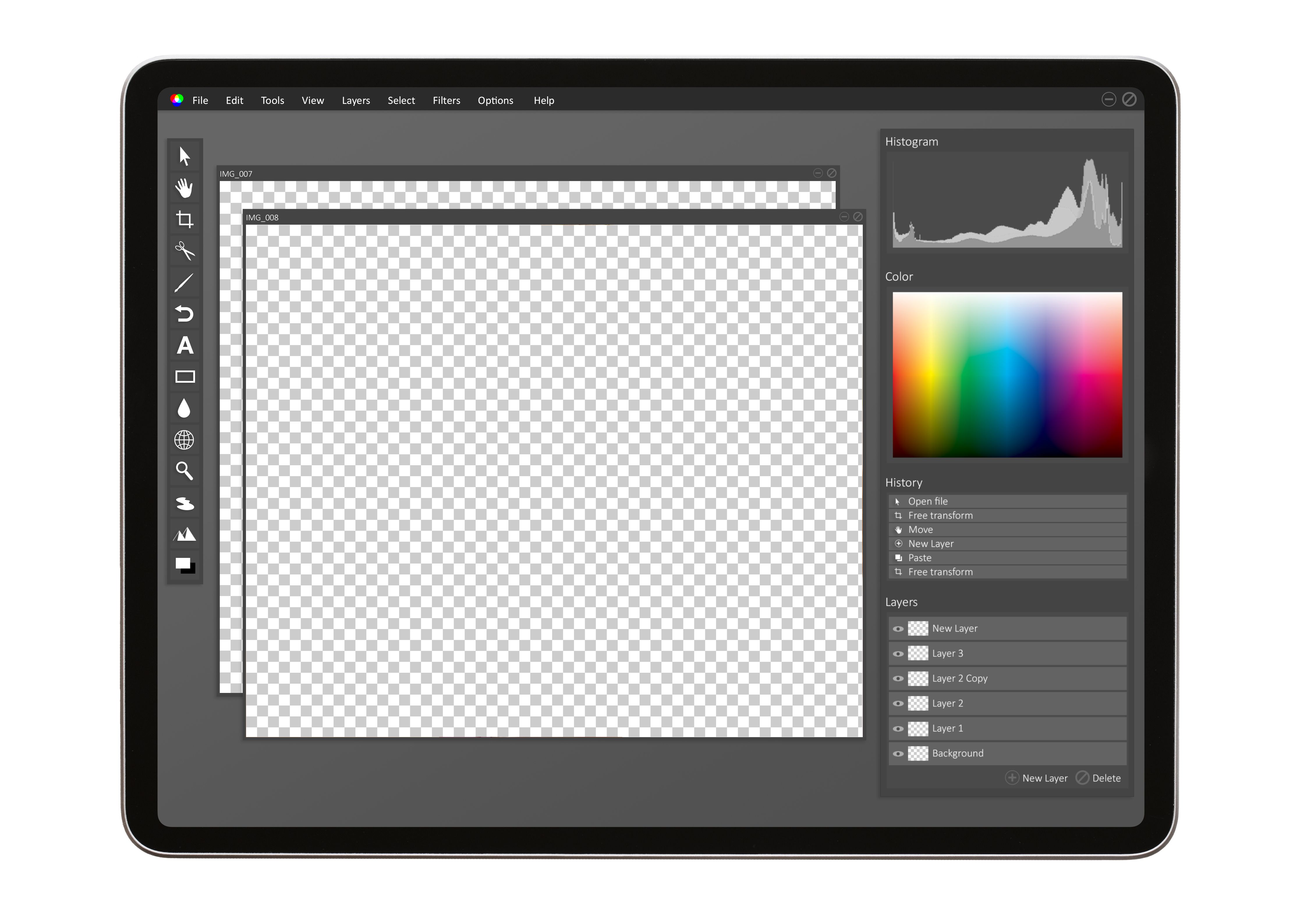
Consistency Across Images
Maintaining consistency in your photos is crucial for establishing a recognizable brand identity. Whether it’s through color grading, lighting style, or composition techniques, consistency helps create a cohesive visual narrative across your restaurant's photography portfolio.
Establish a set of guidelines for your photography sessions to ensure that each photo aligns with your brand's aesthetic and message. This consistency builds trust and familiarity with your audience, enhancing brand loyalty.
Common Mistakes to Avoid
Avoid relying solely on automatic camera settings. Understanding how to manually adjust settings like ISO, aperture, and shutter speed can vastly improve the quality of your photos. Auto settings may not always capture the desired depth and detail needed for stunning food photography.
Another common mistake is neglecting cleanliness; ensure that plates, cutlery, and surrounding areas are spotless before capturing your shot. Even minor blemishes or smudges can be distracting when viewed up close.
Conclusion
Mastering restaurant photography involves more than just snapping pictures of food; it's about creating images that tantalize and engage viewers. By understanding lighting, composition, background selection, and editing techniques, you can avoid common pitfalls and elevate your restaurant's visual presence.
Remember that practice makes perfect. Continuously honing your skills and experimenting with new techniques will lead to stunning photographs that showcase your culinary creations in their best light.
